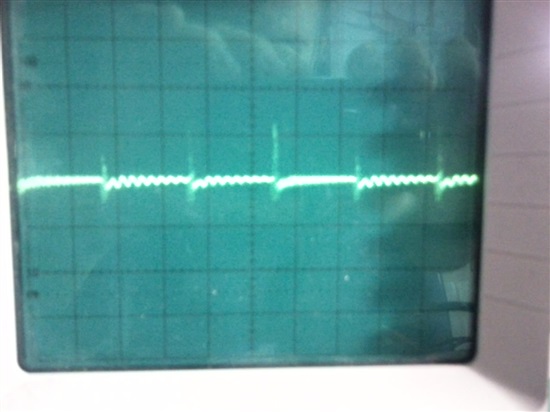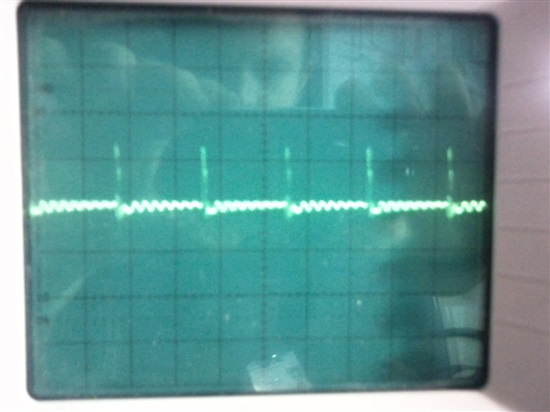Hello Friends,
I designed a 300W SMPS with Push-Pull Topologies.
Features:
Input Voltage: 220V AC/ 50Hz
Output Voltage: 30V/ 10 A
PWM IC : UC3825
However, I have a serious problem. Output voltage is normal. I can adjust with trimpot(feedback is normal), no problem. But UC3825 Pwm Out Signal's are very distorted. I have added pics. (OUTA and OUTB signals and Control Stage.)
(Oscilloscope pics features: 5 Volts/Div, 5 us/ Div)
Does anyone have an idea?
Best regards.
Important DATA: If I apply voltage 100VDC and less than, PWM out signals are excellent. But if I apply voltage greater than 100V DC, Pwm out signals are very distorted and duty time is decrease as the pics.




